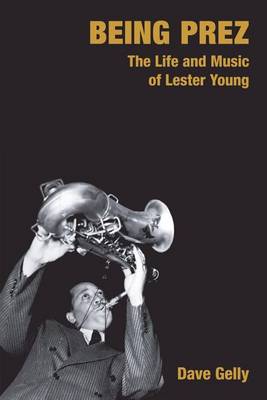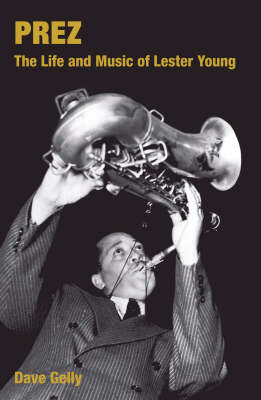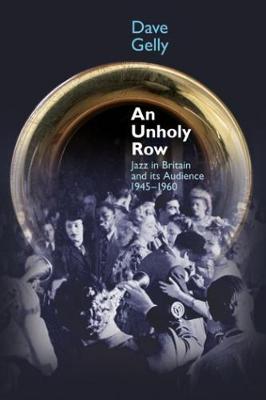Popular Music History
3 total works
Lester Young (1909-1959) was one of the great jazz masters, whose tenor saxophone playing brought new levels of expressiveness and subtlety to the jazz language. Many of his recordings - with Billie Holiday, as a member of Count Basie's band, and under his own name - are numbered among the finest examples of the art. A complicated, vulnerable, gentle man, Lester (dubbed 'The President', by Billie Holiday; later shortened to 'Prez') was brought up in his father's travelling carnival band. His early career was spent in the nightclubs and dancehalls of Kansas City and the South-West and he made his recording debut at the peak of the Swing Era. At the height of his powers, he was drafted into the US Army, where racism and his own unworldliness landed him in a military prison. Thereafter, he became withdrawn and suspicious, and, as his music grew darker, seemed to lose the will to live. The book follows Lester Young through his life in a rapidly changing world, showing how the music of this exceptionally sensitive man was affected by his experiences. The author, a musician himself, examines many of Lester's classic recordings in illuminating but non-technical detail.
The post-war jazz revival marked the beginning of an independent British youth culture with music as its focus. Although it always remained a minority enthusiasm, jazz actually embodied the vaguely felt sentiments, dissatisfactions and aspirations of the post-war generation more fully than any other form of expression. Older people were, on the whole, indifferent or positively hostile to what was, for many, simply an 'unholy row'. In British society, class and culture were bound inextricably together, but jazz was an alien form with no obvious class affiliations. It was culturally neither 'high' nor 'low', and so found a ready welcome in a world where the old certainties were breaking down. Throughout this period, jazz came in two more or less exclusive types - 'revivalist', which sought to recreate the classic jazz of the 1920s, and modern. Enthusiasts on both sides regarded their music as being more important than mere entertainment. In it they found a quality which they defined vaguely as 'honesty' or 'sincerity', which may perhaps be summed up as 'authenticity'. The book follows the development of both jazz tendencies over a decade and a half, paying particular attention to two outstanding figures: Humphrey Lyttelton and John Dankworth. It also seeks to convey a flavour of that now remote era and the frisson that jazz created.


